7 Easy Foam Roller Stretches To Do At Home
Have you ever wondered what those foam rollers are or how to use one effectively?
If you’re looking for an effective way to give yourself a massage, then foam rollers are your friend. You may have noticed these cylindrical shaped foam devices in the gym or at your physio clinic. You may have also wondered how a foam roller can benefit you and what types of stretches you can do with a foam roller.
Many athletes use foam rollers to help ease the aches pains that come with competitive training and exercise. Although, foam rollers are not just for athletes and we recommend everyone should have one at home to help reduce injuries and for a better recovery after exercise.
Here’s what you’ll learn about foam rollers in this article;
1. The benefits of foam roller stretching
2. The types of foam rollers on the market
3. What is the best foam roller to buy?
4. 7 easy foam roller exercises to do at home
5. Tips for rolling effectively
The Benefits of Foam Rollers
So, while we can’t all have a massage therapist at call, employing the use of a foam roller is the next best thing. Craig Honeybrook has already discussed the use of foam rollers in this article. This time, I’d like to go a but more in-depth about foam rollers and their uses.
[bctt tweet=”There are two main benefits to using a foam roller; reduce injuries and decrease recovery time.”]
Firstly, a foam roller can help you reduce injuries. You can do this by using the foam roller as part of your warm up. The foam roller can activate you muscles and get the blood pumping.
Secondly, the foam roller can decrease your recovery times. If you use the foam roller after exercising, you will give your muscles a deep tissue massage. This will improve blood flow and the rebuilding of muscle tissue.
Foam rolling is a form of self-myofascial release. Research shows that using foam rollers can help in improving your flexibility without impairing muscular performance. According to Duane C. Button and colleague David Behm, assistant professors of exercise science at Memorial University of Newfoundland in Canada, foam rolling can greatly assist in increasing an individuals range of motion. In addition, they found that after their volunteers spent time foam rolling, their ability to jump or exert themselves in other ways was not affected.
In their experiment, Dr Button and colleague David Behm, had volunteers roll over foam rollers underneath their leg from five seconds to one minute. These volunteers showed a significant increase in those muscles’ range of motion and flexibility immediately after rolling on their foam rollers.
So what types of foam rollers can you use? Luckily, I’ll be covering that next.
Types of Foam Rollers
There are a wide range of foam rollers on the market and this can make purchasing one quite confusing. Here is an outline of the main contenders.
1. Rumble Roller – Designed to knead the contours of your body and gently stretching soft tissue in different directions.
2. Grid Roller – Much like the Rumble Roller, the Grid roller’s surface varies in density and therefore allows you to adjust your intensity and trigger points.
3. Pocket Physio – The Pocket Physio, designed by Physiotherapists, can relieve muscular aches and pains. Pocket Physios act on trigger points, or tiny knots that develop in a muscle when it is injured or overworked.
4. D-I-Y PVC Pipe – for hardcore, pain-enthusiasts. A simple PVC pipe can do the trick. Be warned, it will really, really hurt.
5. High Density Foam – This is the most popular type of roller and there’s a good reason for that. The hardness makes it effective for almost everyone plus there’s a little more cushioning than the straight out PVC pipe method; it should be in everybody’s toolkit and this is one that we recommend to our patients.
You can read a review here between the rumble roller, grid roller, high-density foam roller and the good ol’ PVC pipe.
What is the Best Foam Roller to Buy?
If you’re just starting out using a foam roller, I recommend you start with the high density foam roller. These foam rollers offer a great compromise between hardness, cushioning and price. Otherwise, if you think that “it’s really got to hurt before it gets better”, try the Rumble Roller or the Grid. Lastly, you can’t beat the PVC pipe for cost-effectiveness, but be warned – it does hurt.
If you’d like to try one of the high density foam rollers we sell at the practice, along with a demonstration on how to use one effectively just visit us in one of our clinics.
7 Easy Foam Roller Stretches to do at Home
There are a wide variety of stretches that can be performed on a foam roller and here are just a few.
ITB – Illiotibial Band
The Illiotibial Band runs down the outside of your thigh. If you have a problem with the Illiotibial Band, you may experience symptoms such as knee pain and tenderness when walking, running or using stairs. Start away from the tender spot and gently, and slowly roll up and down.
Thoracic Mobility – Upper Back
This stretch is one of my favourites. Try doing the stretch with your arm above your head, reaching along the floor in the opposite direction.
Piriformis – Butt Stretch
Your piriformis is a deep buttock muscle. Often, pregnant women will find they have problems with this muscle.
Hamstrings
To stretch your hamstrings (the back of the thighs) you can start by sitting on the roller, then begin slowly roll back and forth. For a variation you can also roll lightly side to side to release any tight spots.
TFL – Top of your ITB
The TFL is actually the top part of your Illiotibial Band (ITB) as mentioned in the first stretch. This time, you can stretch the top part of your ITB by rolling over a smaller area without needing to roll all the way down to your knee.
Adductor – Thigh
Problems with adductor muscles can result in decreased hip mobility and range of motion. The adductor muscles are found on the inside of your thigh. It can be an awkward looking stretch and one you probably wouldn’t want to do in public. This area is a really important area to use a foam roller, particularly if you are a runner or enjoy squats.
Latissimus Dorsi – Lats, Shoulders and Upper back
This area is probably the one area that most people forget to stretch with their foam rollers. Symptoms of tight lats can include shoulder pain and limited range of movement. This is not a particularly comfortable stretch, but one worth doing. Trust me.
What about trying this foam rolling workout from Kinetic Fitness.
And for those who want to try something completely different, what about a yoga class using foam rollers as demonstrated on Runners World.
Tips for Using a Foam Roller
1. Optimum length of timing rolling – Try starting out slowly and rolling on the tender area for about a minute. Next time, try 2 minutes until eventually you can build up your time to about 5 minutes of rolling.
2. Don’t stay rolling directly on the painful area – Move from above and below the painful area to try and ‘iron out’ the sore spot.
3. Go Slow – This will give your muscles more time to adapt to the compression.
Conclusion
If you’re looking to just generally reduce injuries and decrease your recovery time, foam rollers should definitely be apart of your fitness program. They’re fairly cheap and relatively easy to use. They are portable and hard-wearing. I recommend to anyone to include foam rollers tools as part of their exercise routine.
Make sure that you have had your pain diagnosed by a physiotherapist or other medical professional before you start using one. If you need to come in for an assessment to assess the cause of your problem, please call 6262 4464 to book today.
Have you ever used a foam roller? What’s your favourite foam roller stretch? Let us know in the comments.
Many thanks to Megan Curry for her assistance in researching this article.
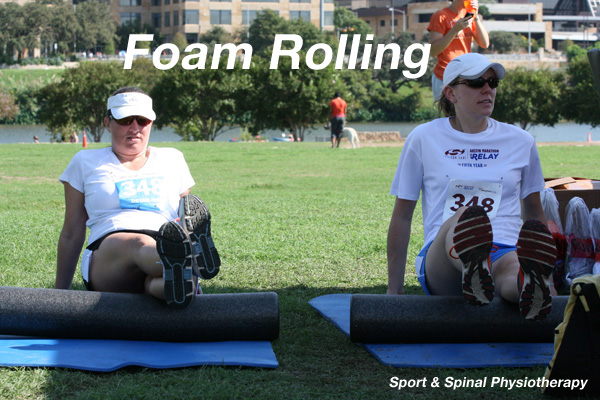
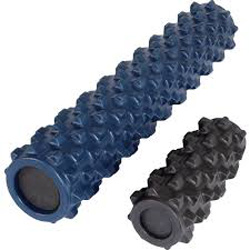

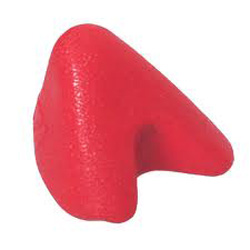
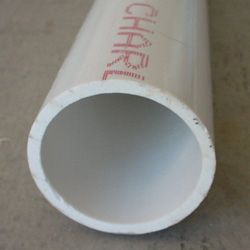
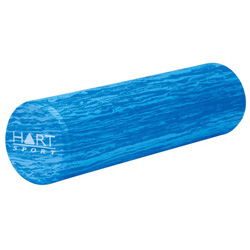
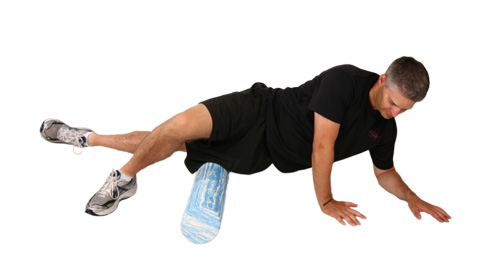
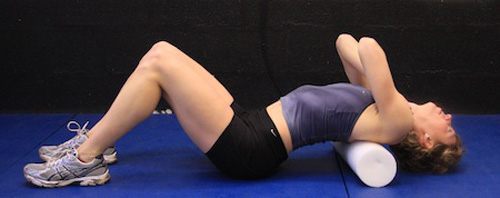
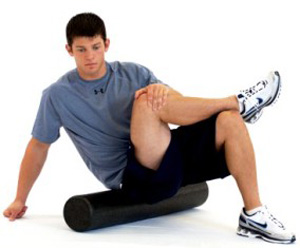
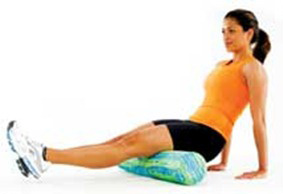
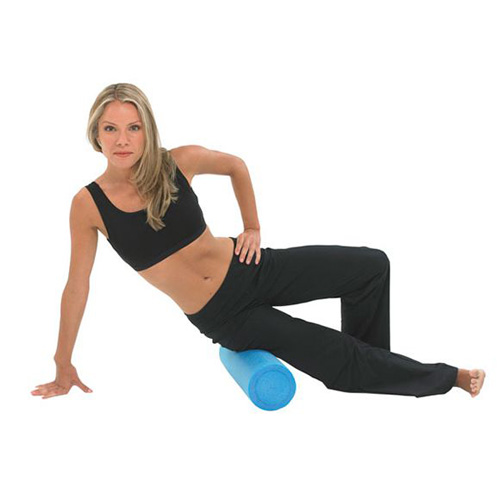
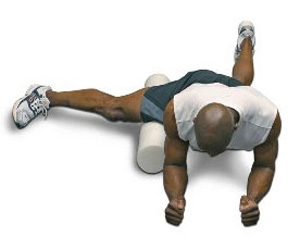
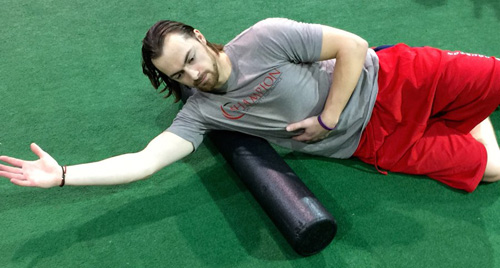
Foam rollers – excellent for my stiff thoracic spine! Thanks Simon